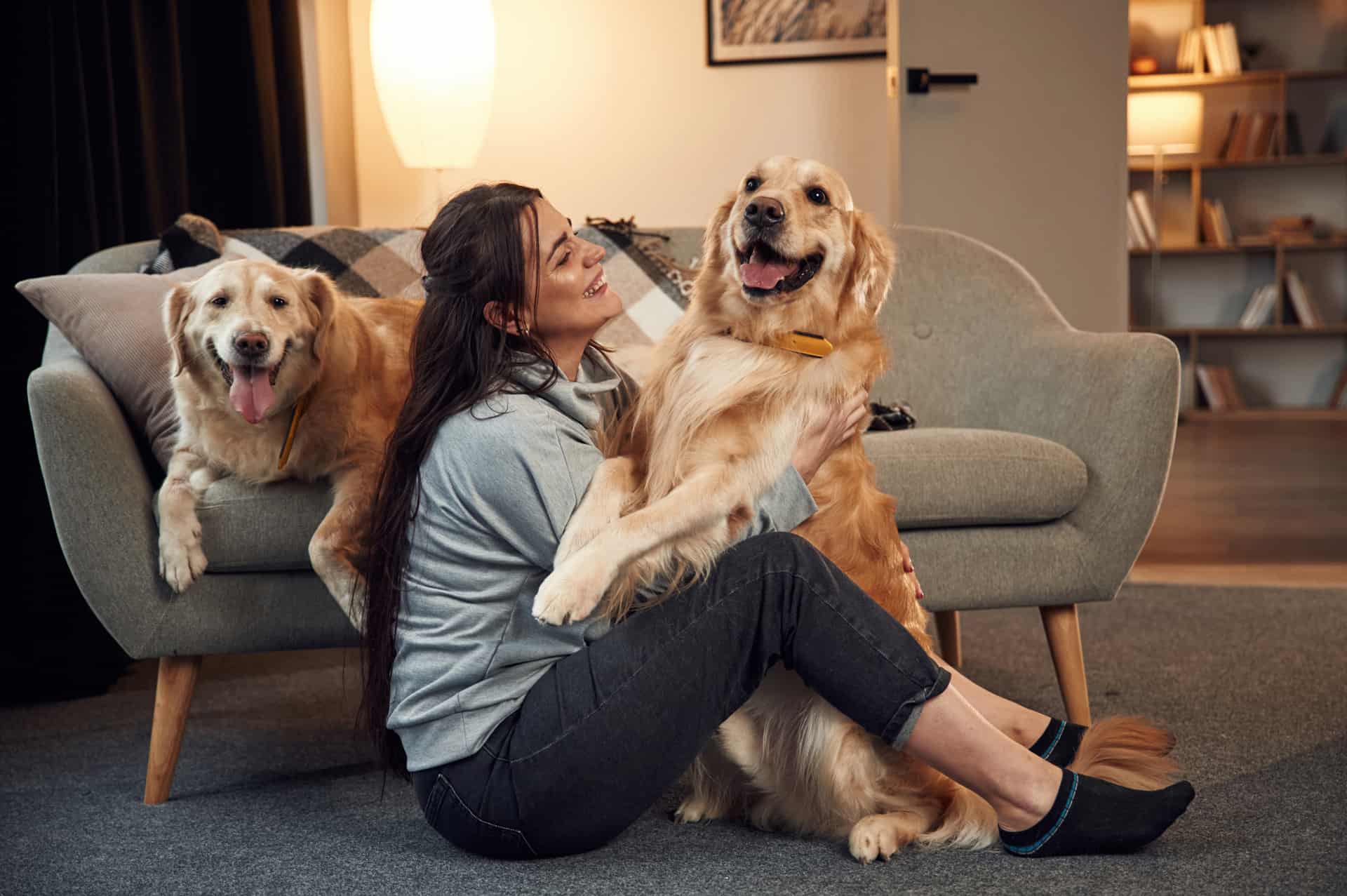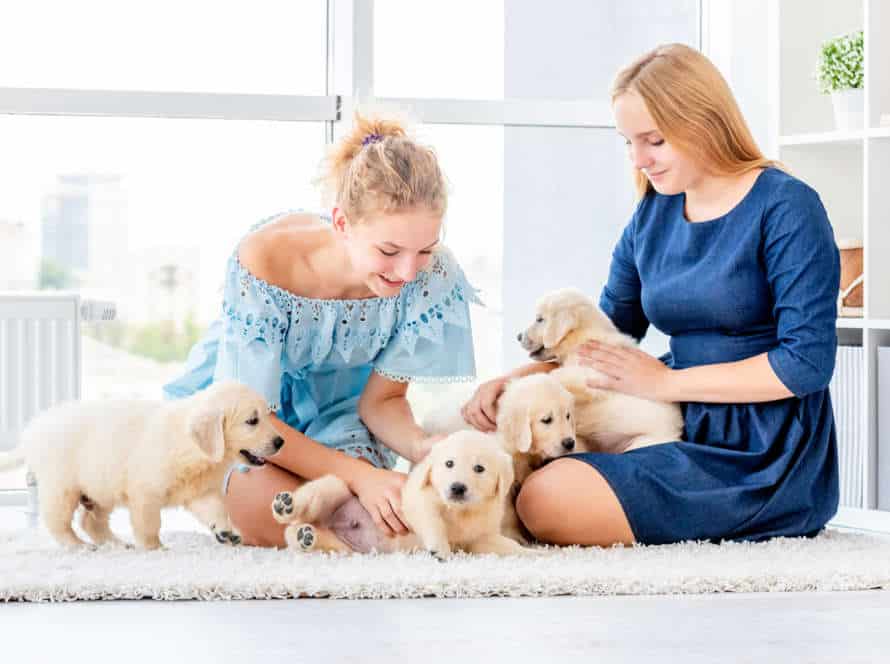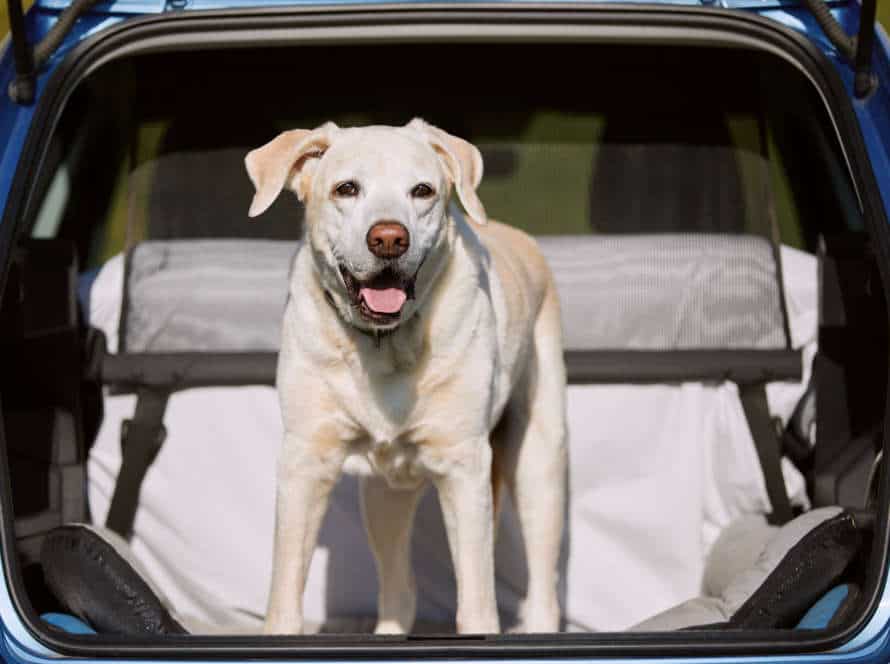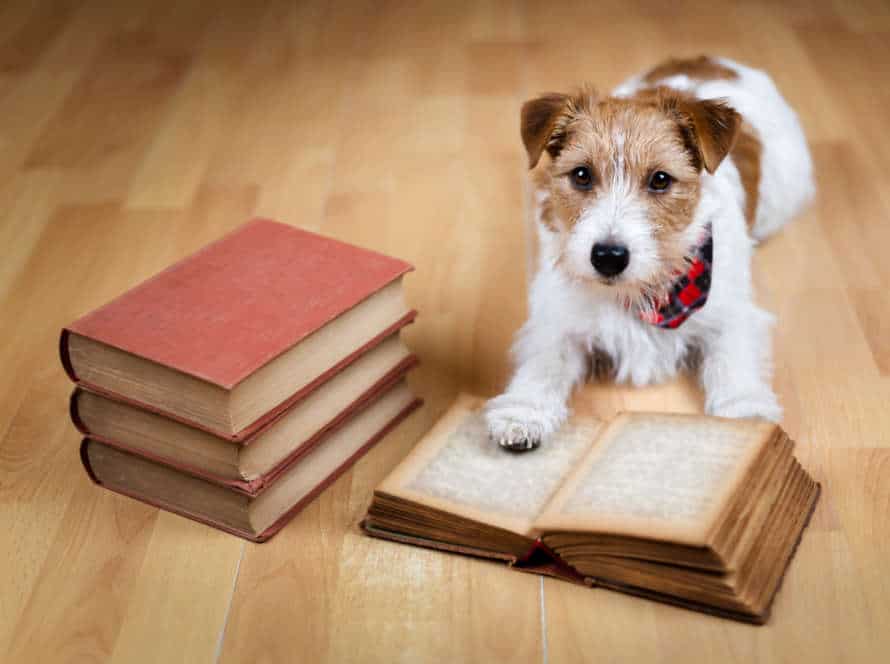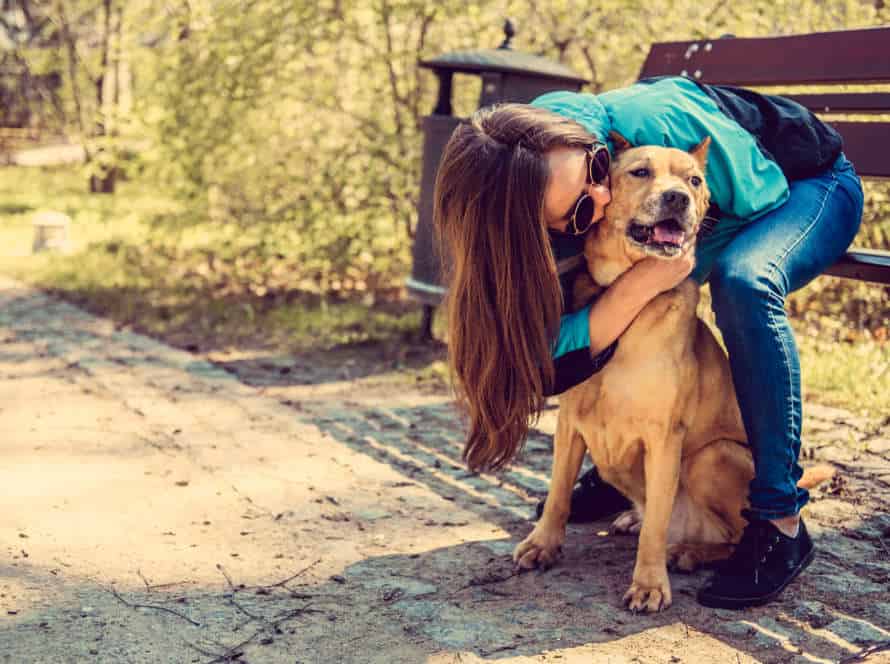Fostering Harmony: Introducing a New Dog to a Multi-Dog Household
Introducing a new pup to your multi-dog household can be tough. But with the right plan and gradual intros, harmony between your furry pals is possible. Here’s what you need to do:
- Have a separate space for the new dog for a few days
- Slowly introduce it to each resident pup one at a time in a neutral place, like a park or street
- Observe their body language and intervene if needed
- Let them spend supervised time together in your house when comfortable
- Monitor playtime to set boundaries and stop any aggression
Every dog is unique, so the introduction may take longer for some. It’s important to be patient and go slow while forming these new relationships. Pro Tip: Consistency and positive reinforcement are essential for a successful intro.
Preparing Your Home and Other Dogs for the Arrival of a New Dog
Introducing a pooch to a multi-dog home can be a challenge. So, get ready and plan ahead! Research and ask advice from people with experience in this area. Also, assess your house and take pre-emptive measures to ensure no obstacles block a successful introduction.
Let’s take a look at how to best prepare your house and other canines for a new pup.
Create a Safe Space for the New Dog
Creating a secure space for a new pup is vital for their successful integration into a home with other dogs. Here are some hints for readying your house and other dogs for the entrance of a fresh furry family member while encouraging harmony in a multi-dog home.
- Get a particular safe area for the fresh pup, like a cage, a bed, or a playpen, where they can go when feeling overwhelmed or anxious.
- Gradually introduce the new dog to the other dogs in an impartial place with a lot of supervision and snacks.
- Keep a tranquil and positive atmosphere during introductions; avoid scolding or punishing any of the dogs for violent conduct.
- Give each dog their own stuff, like food bowls, water containers, and playthings, to evade rivalry and disputes.
- Keep an eye on their communication carefully, and intervene if needed, by isolating the dogs or refocusing their attention.
Remember, bringing in a new dog to your house may take time and tolerance, but with proper preparation and oversight, your furry mates will soon be a contented pack.
Make Sure Your Other Dogs are Up-to-Date with Vaccines and Health Check-ups
Before adopting a new pup, make sure your current dogs are up-to-date with their vaccines and check-ups. This helps stop the spread of any sicknesses the new dog might have. It also keeps all your doggies healthy.
Introduce the dogs slowly and carefully. Watch their behavior to make sure they get along. The first meeting should be at a neutral place. Supervise them when they first meet. Then work on socialization and training. Let the new pup explore different parts of the home and get to know other family members.
Patience, consistency, and understanding are the keys to having a harmonious household. Learn your pups’ personalities and behaviors.
Gradually Introduce Your Other Dogs to the Scent of the New Dog
It’s essential to gradually introduce the scent of a new dog to your existing ones when introducing the pup to the household. Here’s how:
- Let the new pup explore their area, like their bed or crate, to become familiar with their smell.
- Take a towel or blanket they were lying on and put it in an area where the others can sniff it.
- Observe your dogs’ reactions to the new pup’s smell. Reward good behaviour and distract any negative behaviour.
- Increase the time your dogs are exposed to the new pup’s scent, over a few days to week.
Repeat this process for smoother transition, and better chances of a successful introduction.
Introducing the New Dog to the Other Dogs
Introducing a new pup to a home with multiple canines is a tricky task. To help ensure harmony between the dogs, it is best to introduce the new one gradually. Patience is key! Here are some tips to make the process go smoothly:
Choose a Neutral Territory for the Introduction
Introducing a new pup to the family? Select a neutral territory! Here’s how:
- Pick a spot, like a park or a neighbour’s backyard.
- First, take your existing dogs there one at a time.
- Keep them on leashes, and let them sniff each other for a few secs.
- Check their body language for aggression or anxiety.
- If all is well, take them for a walk together, still leashed and monitored.
By following these steps, you can help create a positive introduction and a peaceful relationship between your new pup and the current furry family members.
Keep All Dogs on a Leash During the First Meeting
When introducing a new dog to others in a multi-dog home, it’s important to keep all dogs on a leash. Here’s why: Off-leash can increase tension and create competition. Leashes provide security and control for owners. They allow for a controlled and supervised interaction, so pets can adjust before direct contact. Once they seem comfortable, leashes can be removed gradually, with close observation. Introducing a new dog takes patience, consistency, and planning to ensure harmony between furry friends.
Observe and Control the Interaction Between the Dogs
Introducing a new pup to a multi-dog home needs attention. Here’s how to do it:
- Look after the dogs when meeting. Don’t leave them until they are calm.
- Meet in a park or a quiet street – not in the home or backyard.
- Keep the dogs on a leash while they meet. Watch out for aggressive, scared or uncomfortable reactions.
- Give treats and compliments for good behaviour.
- Increase the time they spend together slowly. Begin with short, supervised play and then build up.
Patience and following these tips will help make the introduction successful!
Managing the Multi-Dog Household After the Introduction
The new pup’s introduction is done. Now, the challenge is how to manage a multi-dog home well. To do this, some steps are needed. Rules should be set, structure should be brought in and proper exercise should be given. Let’s find out how to make harmony in a multi-dog house!
- Establish clear rules and boundaries: All dogs in the house should be aware of the rules from the beginning. For example, establish where each dog’s feeding station is and the time for meals. Also, they should know where they should sleep or rest.
- Train your dogs: Basic training helps dogs know what to expect in a multi-dog household. Training helps to teach dogs “stay,” “sit,” “come,” or “leave it” commands. This can help in managing situations where dogs may be tempted to fight or behave aggressively towards each other.
- Built-in structures: To avoid stressful situations, provide separate areas for each dog. For instance, offer separate beds or crates so that each dog has a space to relax and feel safe.
- Provide Exercise: Dogs, especially energetic ones, need exercise to get rid of excess energy. Proper exercise helps to reduce your dog’s anxiety, boredom, or destructive behavior. Exercise can also help your dog to socialize more and be more comfortable around other dogs.
Don’t Leave the Dogs Alone Without Supervision
Supervision is essential for the health and safety of dogs living together. Here’s why you should never leave them alone:
- Conflict prevention: Unmonitored dogs can become territorial and competitive, leading to fights or aggression.
- Safety risks: Without supervision, they can hurt each other while playing or chewing on things that may choke them or damage their digestive system.
- Training reinforcement: Continuous supervision lets you reward good behavior and discourage bad behavior in real-time.
It’s important to watch your dogs until they get used to each other. Gradually increasing the time they are unsupervised can help create harmony and prevent conflicts.
Avoid Competition Among Dogs for Resources
When introducing a new pup to a multi-dog home, it’s key to avoid competition among the canines for resources. To do so:
- Feed them in different spots or use their own bowls.
- Place multiple water bowls around the house.
- Give multiple beds and resting places.
- Spend time with each dog alone.
- Keep toys and bones out of reach or get more of the same.
This will help create a peaceful and harmonious atmosphere. Pro tip: If your pups still show aggression, call a dog trainer or behaviorist.
Consistently Train and Reward All Dogs in the Household.
Training and rewarding all dogs in a multi-dog family is essential for having harmony. Here are some tips:
- Organize daily trainings and make them join. Give same attention to each dog. Reward for good behavior.
- Set clear limits and teach basic commands. Reward for following these.
- Make feeding time a group activity and observe. Separate if aggressive behavior is seen.
- Establish a routine and stick to it. Avoid conflicts or territorial disputes.
- Give enough space, toys, and attention. Prevent boredom and anxiety.
Follow these tips and have a stress-free, peaceful environment.
Frequently Asked Questions
Q: What is the best way to introduce a new dog to a multi-dog household?
A: The best way to introduce a new dog to a multi-dog household is to do it slowly and carefully. Start by allowing them to sniff each other through a baby gate or from a distance before gradually allowing them to spend more supervised time together.
Q: How long should the introduction process take?
A: The introduction process should take as long as it needs to take. Some dogs may take a few days to adjust to the new addition, while others may take several weeks or even months. It’s important to be patient and let them take their time to get used to each other.
Q: Is it ok to leave the dogs alone together after they have been introduced?
A: It’s not recommended to leave new dogs together unsupervised until you are confident that they get along well. Dogs can sometimes have disagreements, and it’s best to be there to separate them if necessary.
Q: What are some signs that the dogs are not getting along?
A: Some signs that the dogs are not getting along include aggressive behavior, growling, showing teeth, or constantly trying to dominate one another. If you see any of these signs, it’s important to separate them immediately.
Q: Should I give the new dog special treatment during the introduction process?
A: It’s important to treat all the dogs equally during the introduction process. Giving one dog special treatment can lead to jealousy and cause more problems.
Q: What else can I do to ensure a smooth transition for my new dog?
A: Providing each dog with their own space and toys can help prevent disputes. Taking the dogs on walks together can also help build their bond and make them more comfortable around each other.

